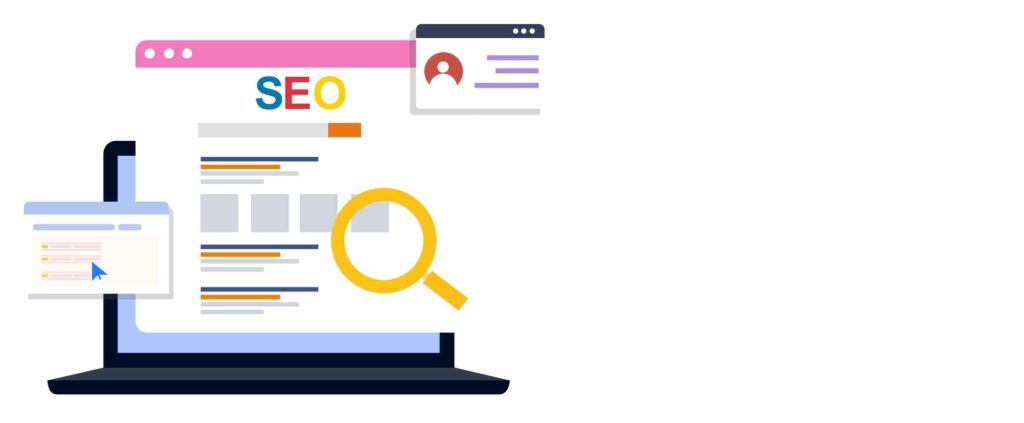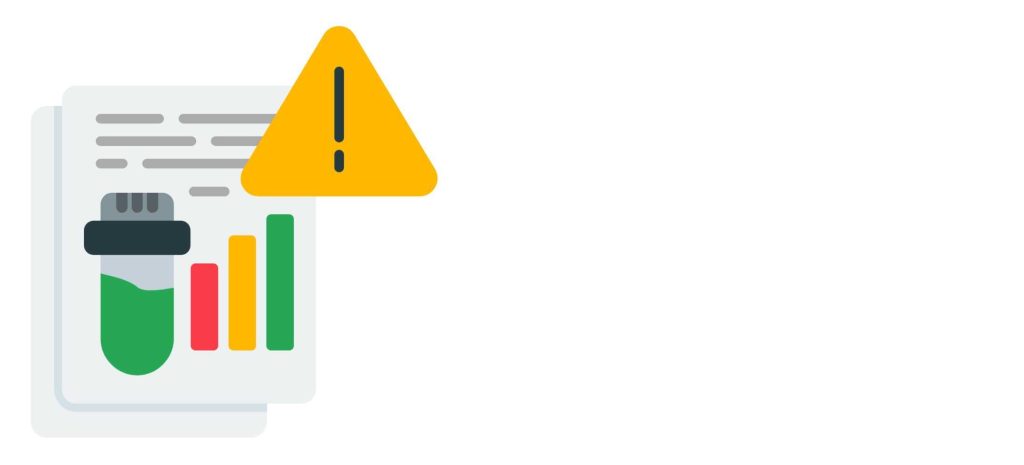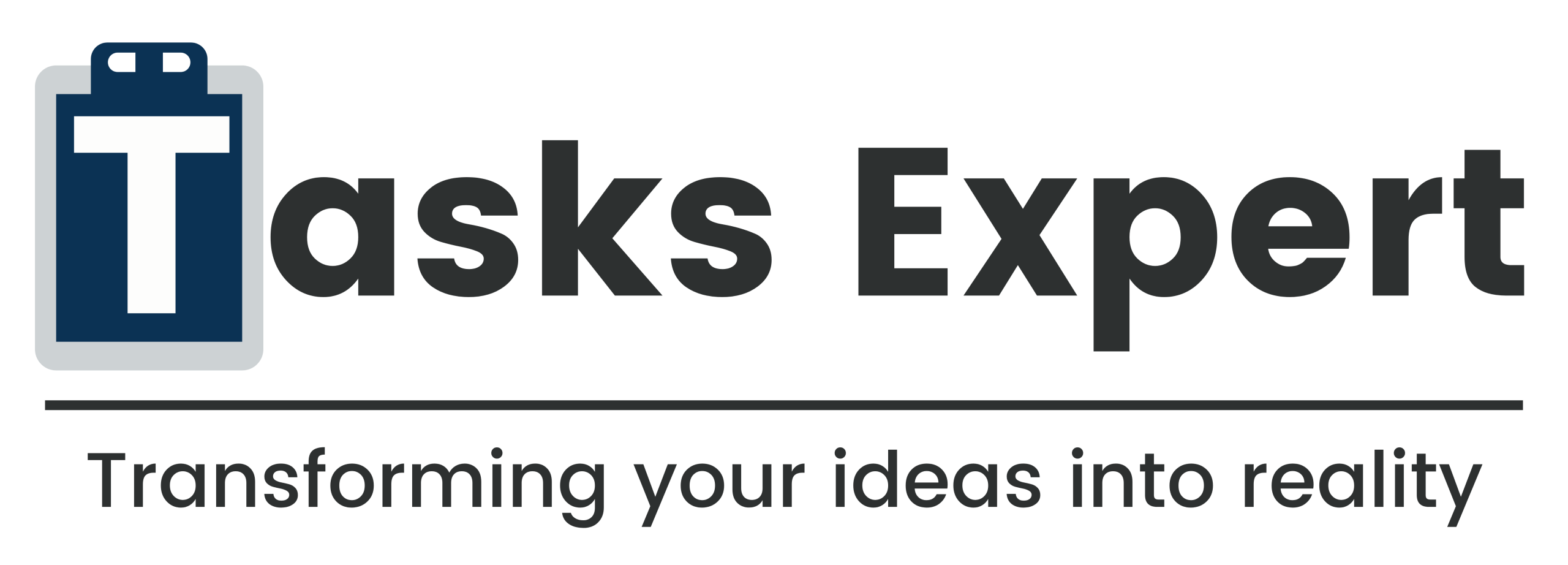Introduction
Securing a position on SERP is one thing, and maintaining the ranking is another challenging spot. That’s why it’s important to understand the difference between SEO and web optimization services. Though the two are highly related and tend to work together hand-in-hand, they represent separate areas of your online identity and context.
If you peel everything away, visibility is the most fundamental idea behind your basic SEO. This is what helps you achieve higher search engine rankings and drive more traffic. Web optimization services go into performance and user experience, meaning when visitors do see it, they can scroll easily throughout the page without waiting around for content that is still loading.
Businesses overlooked this for the longest time, assuming that they only needed one of the two, when in fact ignoring either can drain their traffic and leads, not to mention lost revenue. In this blog, we will analyze the primary contrasts between web optimization and conventional SEO and clarify why a coordinated approach can help you get increasing traffic and increase the number of visits.
Web Optimization Services Focus Areas and Goals
SEO and web optimization services, while they have overlapping functions in the creation of a competitive online identity, address different areas when it comes to developing a successful presence. Understanding where to put your focus and the actions you want users to take can help in making better choices of what to spend time, budget, and energy on.
SEO is a method when publishing content or linking other sites to your website, you are trying that these contents appear among the first results of searches in search engines based on the most targeted keywords, high quality articles, link building and optimization on page Well, ultimately its about getting more qualified visitors to your site by increasing your ranking for relevant search queries. A well-developed SEO strategy helps people find you when searching for the products or services your business offers.
Web optimization services address what transpires when your guest arrives. This involves, but is not limited to, improving the website speed, technical seo, user experience, and usability. That means more than keeping your users on your site, but also through to completion of a purchase, filling out a contact form, or newsletter subscription.
In this analogy, the goal of SEO is to serve as your business’s digital ‘welcome sign’, attracting potential customers, and web optimization represents the ‘customer experience’ at a brick and mortar location, longing for repeat business.

Key differences in goals:
- Goal of SEO: To improve visibility and to increase targeted traffic (through higher rankings).
- Web Optimization Objective: Create a frictionless brand experience to drive overall guest satisfaction and conversions.
- Intersection: They both want to have more customers spend money, but the paths they take and how that success is measured are very different.
Together, these two complement each other to give a successful growth loop. Firstly, SEO means your site can help the right people find you, and web optimization helps them convert once they land on your home page.
You are either ranking good for that search term but might have a terrible on-site experience and never convert any traffic, or you might also have your site the way it should be from an SEO point of view, but still getting 0 traffic because all well-qualified visitors landed on the competition’s page instead.
Technical Scope With Web Optimization Services
Both SEO and web optimization services indeed involve some technical work; however, their scope of what needs to be done and in what priority are very much different. Here are some of the variations between permanent URLs and backlinks that can also give an explanation for why they’re both necessary on your enterprise’s online method.
One of the main tasks of SEO is to make search engines find, crawl, and understand your site, like Title Tags, Meta Descriptions, Site Structure, Internal Linking, and many more. That kind of technical tasks, like dead links, copycat content, and crawling, can all have a big impact on where your pages stand within the search results, too, which is exactly what technical SEO is addressing.
Web optimization services, on the other hand, go cross-functional and deeper in ensuring how the actual working of your site is optimized for users. That covers better speed, mobile compatibility, browser compatibility, image and video compression, and reducing the unnecessary code, which makes load times longer. Or to put it another way, ensuring every single page operates seamlessly, whatever device or network speed your visitors are accessing it through.
This can also be seen through a few examples illustrating how they approach technical work.

Example of SEO: Update meta tags keywords targeted:
- Example of Web Optimization: Reduce the load time: compressing images without losing quality.
- SEO Example: Implementing schema markup to help search engines better understand your content.
- Web Optimization Example: Easy-to-use navigation menu on mobile.
One of the other key differences came down to how technical changes influence outcomes. Even greater the time effects of search engine optimization take a little while, however, as they rely upon indexing till competition, so the required time is some days or weeks. In contrast, web optimization services frequently have nearly speedy quantifiable returns such as decreased bounce rate, increased time on page, and conversion rate.
Ultimately, SEO is your site being able to be found, and web optimization is the ability for your users to use the site. The former is user-oriented and the latter SEO committed with a balanced degree of technical acumen for both; however, having said that, they usually oppose each other to some extent, especially when it comes from the search engine’s perspective in one direction, whereas the user-friendly performance.
Technical SEO + Tech Optimization = Findable & Accessible Site. It is this balance that keeps people interested and coming back again and again, transitioning casual visitors to repeat users.
Measurement and Results With Web Optimization Services
Perhaps the most straightforward way to determine how SEO differs from that of some web optimization service or another is in what constitutes success. But one is focused on the short term and the other on the long-term goal.
Today, traditional SEO pretty much starts and ends at visibility. These benchmarks are search engine rankings for desired keywords, total organic traffic received from the website, click-through rates (CTR) from search results, and backlink growth. This includes metrics for how successful (or not) your site is at attracting organic search traffic. But either way, SEO is not a quick game; it can take a lot of time to see the ranking changes because of competition, uncertainty on algorithm changes, and also indexing timing.
Web optimization services, however, are unique in how your site functions for visitors. These are the important metrics you need to consider when setting benchmarks: Page Load Speed, Core Web Vitals Scores, Bounce Rate, Average session duration, and Conversions.
And, since they are user-experience-related changes, you can see these improvements almost instantly. For example, reducing the page load time to 2 seconds from 4-second bounce rates drop, and transactions completed immediately.

This is where the measurement focus changes:
- SEO: Simply, how many people are going to come find and click on your site?
- Web Optimization: Tracks what those people do once they arrive and how efficiently they can achieve their goals.
- Unified View: Monitors visibility and user engagement simultaneously to make sure traffic is converted into business results.
A clarification here, these are not opposing measurements but defining the separate dimensions. The idea is that a fast, user-friendly site will help improve engagement metrics, which are good signals to search engines, and thus help positively but indirectly impact rankings. Similarly, good SEO will tend to attract more visitors to your website, and this can mean that your site has a higher rate of conversions as it gets more chances to convert its visitors.
In the above, businesses can look at both SEO and web optimization metrics in tandem to have a full view of website health and performance, as opposed to only focusing on one side of the analytics chase.
The Relationship Between Web Optimization and SEO
Although the scope of work for SEO and web optimization services is different, the ultimate magic happens when both of them club up in a unified strategy. The former is your go-to tool if you want to draw long-term traffic; however, the latter is what makes sure that your site visitors stay on and explore your website.
It is just like running a shop. SEO is the sign outside that says “this shop has what you are looking for, come on in”, and web optimization is the well-designed interior that makes them want to make a purchase. Stay with us while we drive this point home further! Few would be able to find your store without the sign. They might go away with a bad taste in their mouth if the experience is not acceptable from the inside.

Together, SEO and web optimization services form a potent growth loop:
1: SEO gets the right kind of visitors to your site by helping it show up in search results for relevant queries.
2: Enhanced Research improves the user experience by increasing page load speed, supporting responsiveness, and providing navigation options.
3: The more positive engagement signals, the better your site will rank for SEO, as search engines see if users stay on your page longer and interact with it.
Even a successful SEO campaign that drives thousands of new visitors will be lost if your website is slow and not easy to use, encouraging them to leave too fast, since Search Engines look at all these signals. Moreover, if the website does not have good traffic initially, then even a very well-optimized website will not bring such robust results.
When they start together, companies have better success in both areas. SEO brings visitors to your funnel, and web optimization engages these visitors. This powerful synergy eventually grows into a self-reinforcing cycle of more traffic, better engagement, high rankings, and increased revenue.
Common Errors While Understanding The Difference
So, rather than SEO services vs. web optimization services, this is the age where you should be looking at it as a partnership instead of a choice. The problem with this ‘either-or’ vision is that each of them has a specific function to achieve online triumph, which can cause resources to be wasted and many opportunities to be missed.
Most of the time, it leads to a mistake where we see only the SEO side and take everything in that flow, completely forgetting about the user experience. While a high position on search engine results pages will help you get a lot of visitors, if your site is slow to load, hard to navigate, or won’t display correctly on mobile, they’ll leave before seeing any of your content, resulting in lower conversions and SEO rankings.
The reverse scenario happens too. Certain businesses make a significant investment in web optimization, with a fast, responsive, and visually appealing site, but neglect SEO overall. If the search visibility is weak, any good website will not attract visitors.

Other common mistakes while web optimization services include:
- Thinking tech SEO crosses over into optimization: There is overlap, but technical SEO and optimization serve their distinct purposes, each involving different processes as well.
- Working in silos: Isolation occurs when SEO targets one set of keywords, and the optimization team is looking to optimize design changes, offering a disjointed approach.
- Failing to address a common goal: If you do not weave your initiatives within the larger goals of the rest of the business, then you may be optimizing for an audience that is orthogonal to those targets.
Breaking down the silos between web optimization and SEO from the beginning will rectify this. What are the clear goals you hope to achieve, more sales or leads, or increase your brand authority corporate objectives? While SEO attracts the correct audience, web optimization services maintain their interests and funnel them toward conversion.
Both strategies working in unison stop competing for budget and start increasing results. Together, this makes a functional website that has deep engagement, finding abilities, and returns on investment.
Conclusion
While both SEO and website optimization are geared towards improving your website, they are two different beasts. SEO will help get people there; web optimization services ensure that those people have a seamless, enjoyable experience and do what you want them to.
Using only SEO and ignoring web optimization could result in potential customers leaving your site due to slow load times, poor navigation, or a non-responsive design. Likewise, if no one is walking in the front door due to an SEO friendly website development, then you’ve limited your potential growth.
It is important to see SEO as your visibility engine that complements the performance engine of website optimizations for the best results and win in a digital landscape that has become increasingly competitive.
About Us
Tasks Expert offers top-tier virtual assistant services from highly skilled professionals based in India. Our VAs handle a wide range of tasks, from part time personal assistant to specialized services like remote it support services, professional bookkeeping service etc. Furthermore, it helps businesses worldwide streamline operations and boost productivity.
Ready to elevate your business? Book a Call and let Tasks Expert take care of the rest.









